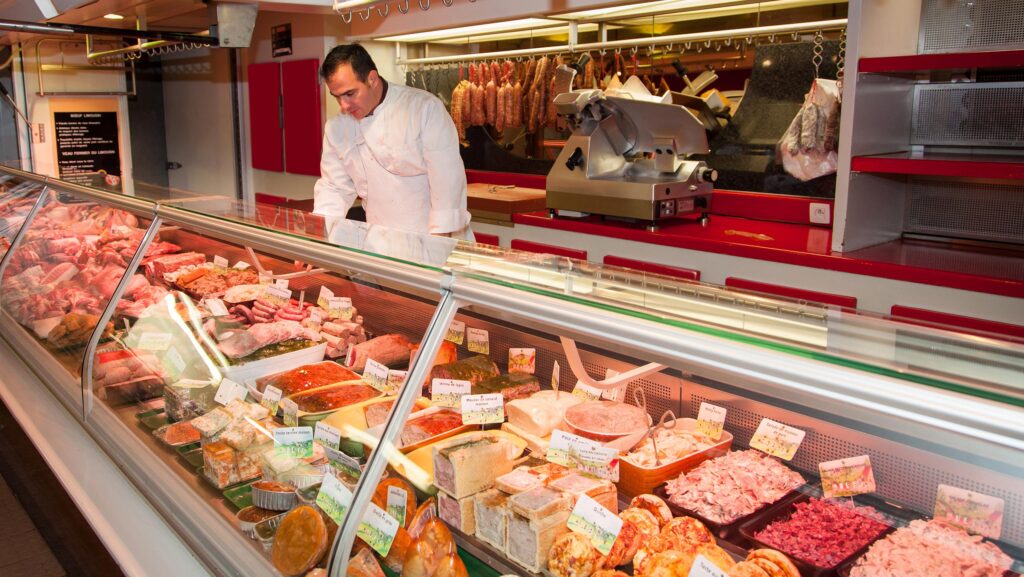Red meat exports add billions to value of UK livestock
 © Adobe Stock
© Adobe Stock The crucial role exports play in supporting farmgate prices for red meat has been highlighted by the latest trade figures, which show beef, pork and lamb exports worth £1.7bn last year and £430m in the first quarter of 2024 alone.
Speaking at the AHDB’s Red Meat Export Conference, chairman Nicholas Saphir said export values so far this year had been quite encouraging and that global meat consumption was set to grow.
“The latest forecasts to 2032 show we are going to see a 10% increase in beef consumption worldwide, an 11% increase in pork consumption, and a 15% increase in lamb consumption,” Mr Saphir said.
See also: Farmer involvement is key to red meat export effort
The numbers
- 15% Forecast increase in global lamb consumption by 2032
- £430m Value of UK beef, pork and lamb exports in the first quarter of 2024
- 97% EU market as percentage of total UK lamb export destinations
The total value of exports in 2023 represented a value of £211 per beef animal, £40 for each sheep and £56 for each pig.
The EU is still a vital market for UK red meat, accounting for 97% of lamb exports in the first quarter of the year and 80% of beef.
Red meat production in the EU is set to decline this year meaning it should continue to provide opportunities for UK exports. However, the type of products being demanded has evolved.
Jonathan Eckley, head of international trade development at the AHDB, said France, a key export destination for UK lamb, had moved from demanding carcasses to more individual cuts of lamb due to a lack of skilled butchery workers in the country.
AHDB market access manager Ouafa Doxon said exports were about maximising the value of every carcass to benefit both farmers and processors.
UK production
Pig meat production in the UK is forecast to increase marginally in 2024, but will still be lower than in 2022. Looking ahead to next year, analysts suggest there could some further recovery.
UK beef production is forecast to remain fairly tight in 2024.
Tom Dracup, AHDB lead livestock analyst, said currently there were slightly higher levels of production with slightly higher slaughterings.
“However, we can see that market really tightening up as we look to the final quarter of 2024 and further afield into 2025,” he said.
UK sheepmeat production is forecast to fall slightly in 2024, according to Mr Dracup, with the difficulties of a wet lambing season this year combined with disease challenges meaning the production base is lower.
Higher prices so far this year had encouraged some producers to cull more breeding stock, which would affect production further down the line, he said.
Global markets
Increased market access for UK red meat drives up demand for both premium cuts and fifth quarter products such as offal.
Africa is one potential growth market, and Mr Dracup said it was expected to account for 25% of the global population by 2050.
Meanwhile, halal markets can provide a higher price point for exports, with racks of lamb selling at retail for up to £50/kg in Dubai.
The Middle East is a key developing market, with sheepmeat prices in Saudi Arabia at £12,213/t, twice the global average of £6,635/t. Prices in the United Arab Emirates (£19,315/t) and Qatar (£20,769/t) are more than three times the global average, according to HMRC figures.
Finally, China is a major global meat producer and importer, although market access has historically been hard to obtain.
However, Chen Wei, president of the China Meat Association, said China was becoming more open to imports and new government policy scheduled for later this year should make the process of allowing meat imports into China faster.
